Sponsored by Sado City
Sado Island was famous for the Sado Kinzan Gold Mine during the Edo period,when it was one of the most productive gold mines in Japan. Between 1601 and 1989 (when people stopped mining on Sado Island), 78 tons of gold and 2,330 tons of silver were produced. The mine also produced small amounts of bronze.
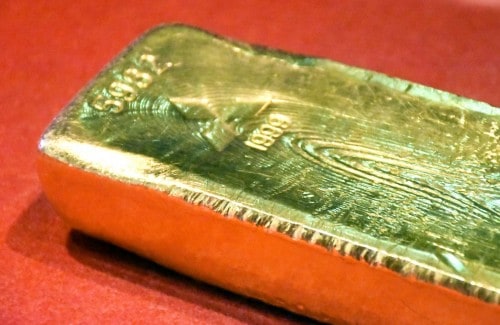
Today, the Sado Kinzan Gold Mine is now open to the public. Even though the gold mines are no longer operational, you can still visit to get an idea of what the gold mining process looked like in the past. You can also try panning for gold by yourself at Sado Nishimikawa Gold Park on the island.
There are also quite a few abandoned buildings left after the mining days. You can find these at the Kitazawa Flotation Plant. Kyomachi Street, located in the same area, gives you a great idea what one of the small towns looked like in the mining days.
Sado Kinzan Gold Mine
Today, the Sado Kinzan Gold Mine is no longer operational. The mine is now open to the public as a museum that displays the old workings of the gold mine. The most interesting part of the Sado Kinzan Gold Mine is that you can experience the 400-year-old history of mining through any three walking courses in the old mine.
Edo Kinzan Emaki, meaning “illustrated scrolls of the gold mines,” is a walking course where large mechanical dolls show the workings of the mine. You can see the dolls perform different tasks that were crucial in the mining days. There are also many informational signs in both Japanese and English.
The Meiji government controlled mine is the second walking course. This course talks about the newer mines and the modernization and industrialization of the gold mines on Sado Island.
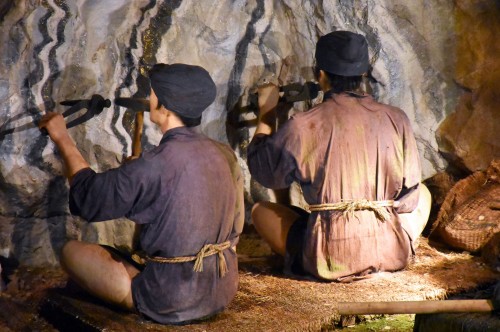
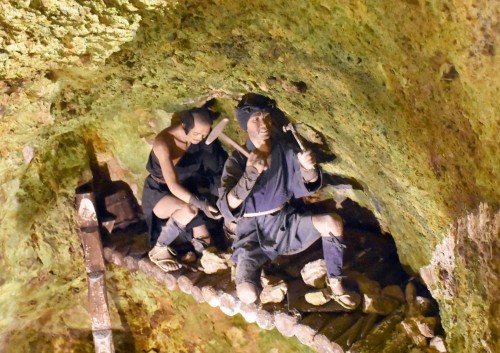
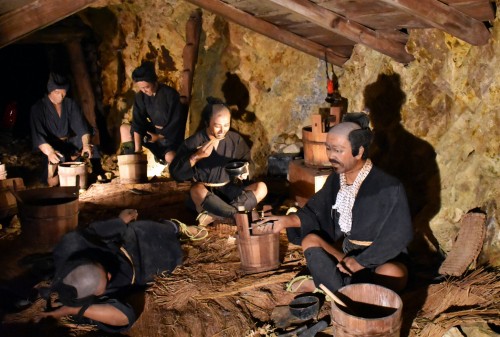
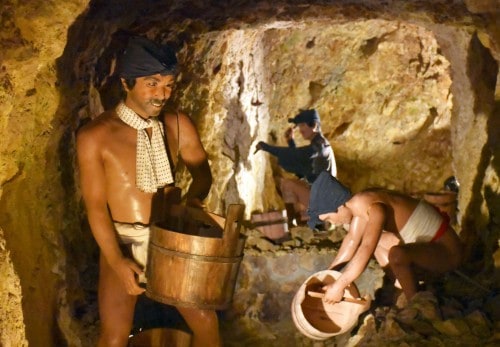
The Abandoned Kitazawa Flotation Plant
The Kitazawa Flotation Plant was a huge industrial complex in its golden days. It is located in the Aikawa area of Sado Island. Since it has not been used in a very long time, it is now a little overgrown. The Kitazawa flotation plant was almost forgotten, but it ended up becoming a designated Industrial Heritage Site.
The Kitazawa Flotation Plant is my favourite part of the gold history of Sado Island. Not only is it impressive with its complex facilities, but it also carries an important part of Sado’s gold heritage history. This is an incredible location for photographers wanting to find a window into the past.
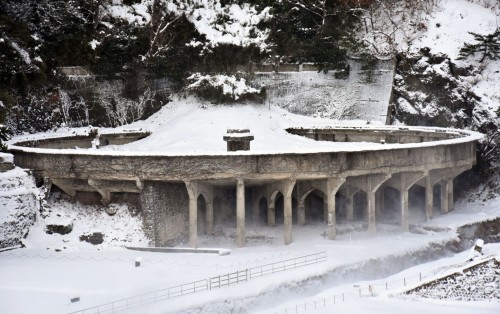
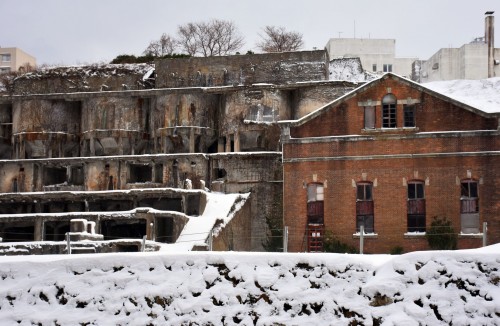
When Japan was at the brink of war in 1937, a massive investment was made in order to boost the plant. By using western technology, the Kitazawa Flotation Plant became one of the best in East Asia. The flotation plant processed over 50,000 tons of ore every month during its peak.
The Kitazawa Flotation Plant contributed to the modernization of gold mining on Sado Island. They implemented a floatation method for silver and gold that had previously only been used for bronze. At the flotation plant, the ore that contained silver and gold was separated from water.
Kyomachi Street
Kyomachi Street is located nearby the Kitazawa Flotation Plant in Aikawa. The narrow streets zigzag around the houses, giving us a taste of the style of the town planning the occurred during Aikawa’s time of prosperity.
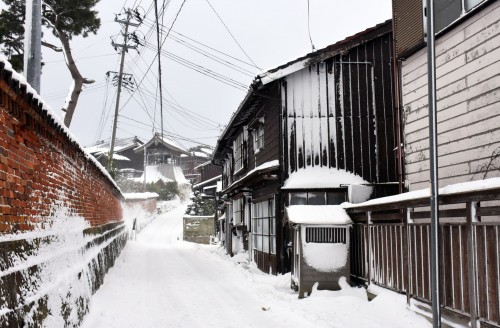
In the past, these streets connected the Aikawa mines with the Sado magistrate’s office, and merchants and workers from the mine could be found walking the streets together. Kyomachi Street leads up to a bell tower from that time.
In early June, a small festival is held called “Yoi no mai.” During this festival, people in kimonos dance to folk songs from the old days of Aikawa.
Try Panning for Gold at Sado Nishimikawa Gold Park
If you are more of a hands-on kind of person, you can try panning for gold yourself. It’s a great experience for families with children as it is not difficult for children to try.
Sado Nishimikawa Gold Park is located where the old Nishimikawa gold dust mine used to be. The gold park facility allows you to experience a little bit of what panning for gold was like in the old days. There are three levels: beginner, intermediate, and advanced. On the advanced gold panning course, you can attempt to pan for gold in the nearby river.
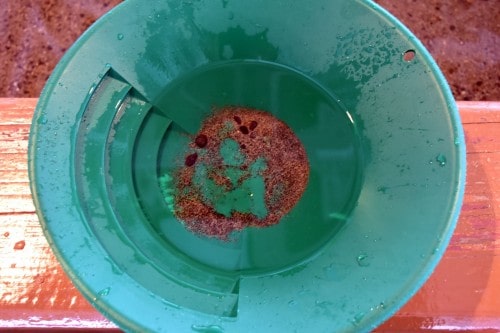
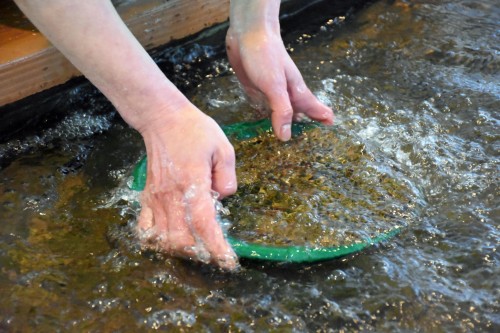
For the easier gold panning courses there is a room at the facility where sand and water has been collected from the nearby river. The staff will teach you how to use a special bowl to pan for gold. You can even make a necklace or a phone strap out of the gold you find, but please keep in mind that there will be an extra fee if you choose to do so.
The Nishimikawa Gold Park also exhibits the history of gold in one room and has an interesting souvenir shop. Here you can buy sweets, jewelry, and pottery from Sado Island.
Sado official tourist infomation
Need more information? You can find up to date information about Sado Island’s history, sightseeing locations, accommodations, food, and transportation here.
:
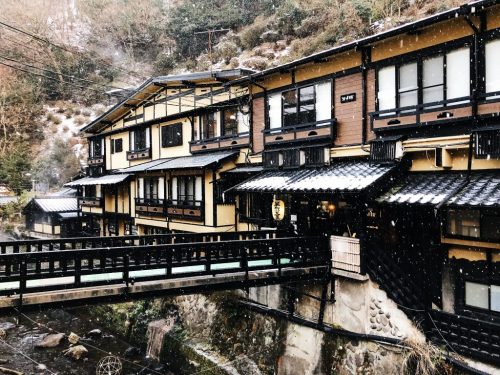
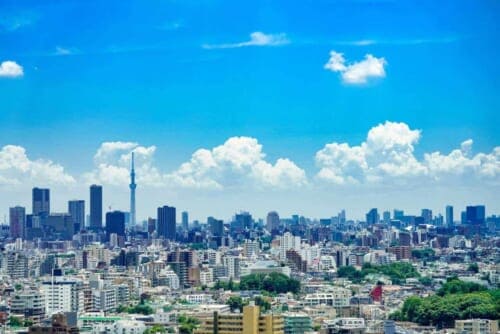
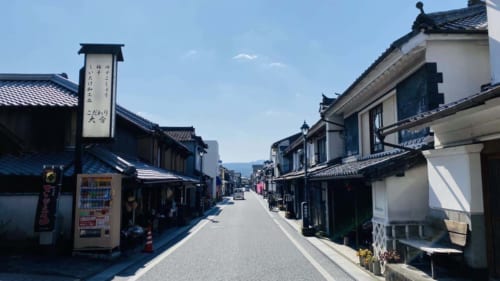
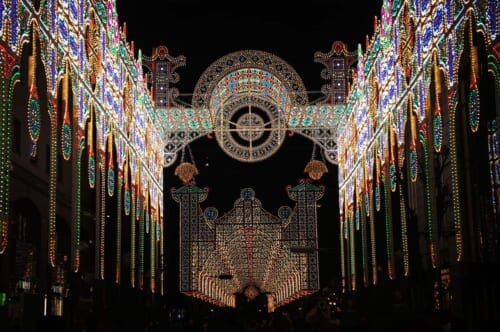
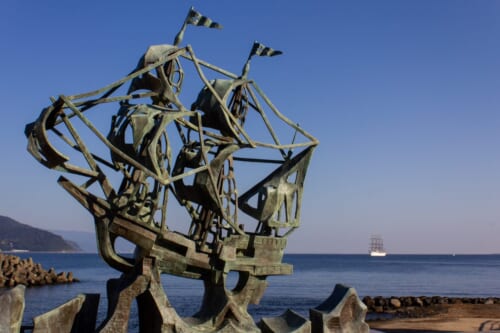
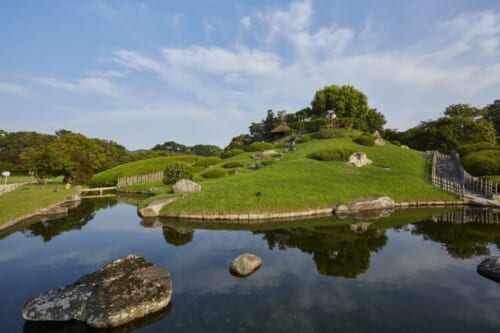
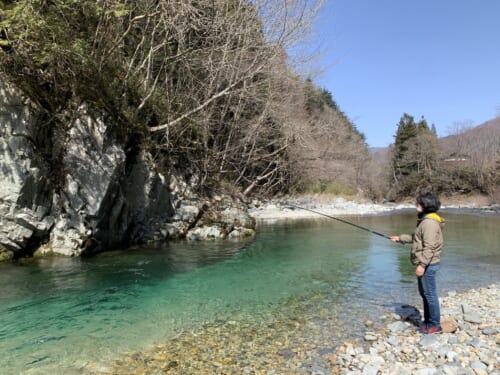
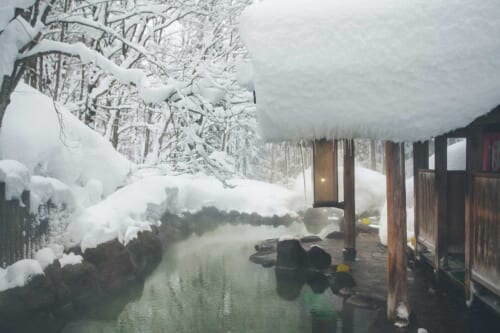


No Comments yet!